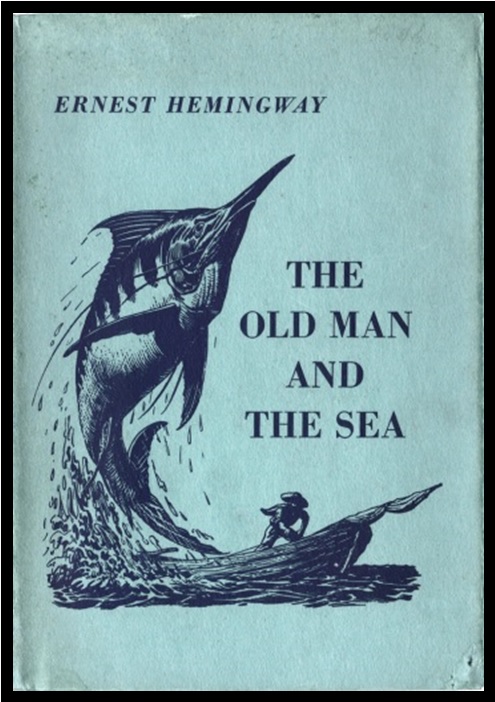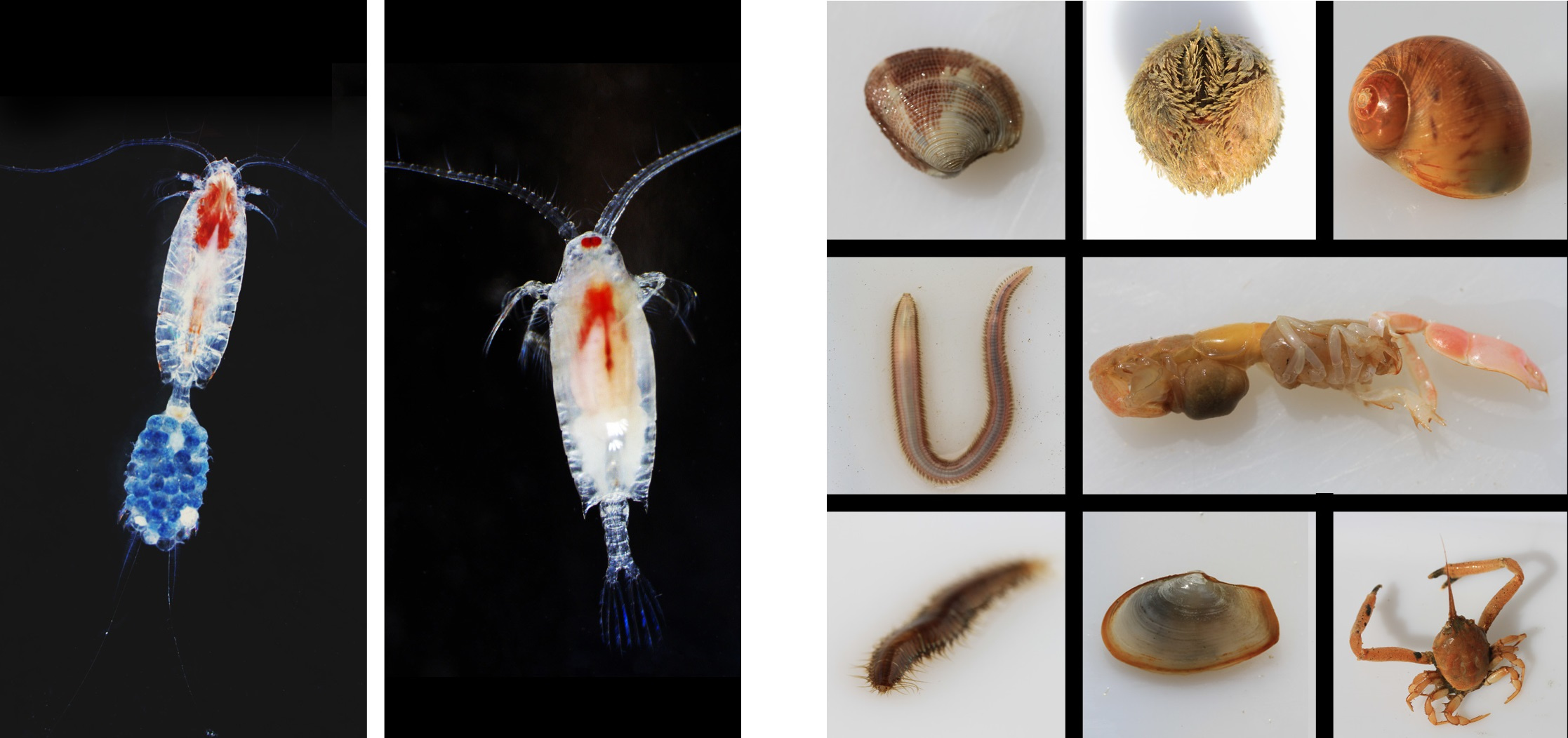Global patterns in marine predatory fish
Published in Ecology & Evolution

The paper in Nature Ecology & Evolution is here: http://go.nature.com/2zHlOen
Image: Rodrigo Friscione
Alone in a small boat fishing for marlin, Santiago in Hemmingway´s The Old Man and The Sea thinks to himself in despair “My big fish must be somewhere”. The seemingly naïve but scientifically difficult question is naturally – where? We followed up on this question by investigating global patterns in big fish, focusing on why in the tropics we find primarily large pelagic predators such as tunas and billfish, while in boreal and temperate regions demersal species of gadoids and flatfish dominate.

To understand the variation in predatory fish across systems, we had to start looking at processes occurring at the base of marine food webs. Most energy in the oceans is generated by phytoplankton through photosynthesis. Phytoplankton is either consumed directly by zooplankton in the water column (pelagic pathway) or sinks to the bottom, where bottom-dwelling invertebrate organisms consume the dead and dying phytoplankton (benthic pathway). The downward flux of energy to the seafloor is influenced by environmental conditions, such as seabed depth, temperature and seasonality, and varies largely across systems.

Different zooplankton (left) and bottom-dwelling invertebrates (right)
Zooplankton images: Rodrigo Almeda; Benthos images: Oscar Bos
We hypothesized that the relative strength of the pelagic and benthic energy pathway directly affects fish community structure and the production of large pelagic and demersal fish. This is well-known for some systems; for example, the shallow North Sea and Georges Bank have a strong benthic pathway and high diversity and production of demersal fish, whereas upwelling regions are characterized by a strong pelagic pathway and high pelagic fish production. Yet up to now, the importance of the pelagic and benthic energy pathways for the occurrence of large predatory fishes was unknown across systems on a global scale.

Sketch of the food web-interactions to predict the dominant predatory fish in our paper.
Illustration Hans van Someren Gréve
We used fisheries landings data to test the relative productivity of large marine teleost fishes across regions. Global fisheries landings are a unique source of data for fish on large spatial and temporal scales, but have to be used with care as it is difficult to grasp what the data actually tells you (the amount of fish in the sea, fisheries preference for a particular group of species, etcetera). After extensive checks of the data, we found that the fraction of large pelagic fish (relative to large demersal fish) in the catch is a meaningful proxy for what is in the sea. In a sense, we were lucky that the observed latitudinal patterns in pelagic and demersal fish predators are clear enough to withstand all robustness checks easily.
So going back to Santiago’s search for big pelagic fish, we were able to show that the degree to which production is driven by energy from the pelagic ocean or from the benthic (bottom) community largely determines the type of predatory teleost fish in a system. This means that changes in the global occurrence and productivity of these large predatory fishes can be anticipated by understanding how climate change will affect the base of pelagic and benthic food chains.




Please sign in or register for FREE
If you are a registered user on Research Communities by Springer Nature, please sign in